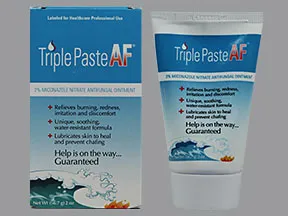

3 One of the germs which cause failure in endodontic treatments is the Enterococcus faecalis bacterium. 2 The existing articles have shown that 52% of endodontic treatment failures in Iran are due to the existence of microorganisms in the root canal. 1 Lack of suitable and sufficient cleansing of the root canal can bring about the failure of treatment and leads to resistant periapical lesions. The mechanical and chemical disinfection of the root canal system is among the most important and key factors of effective and successful endodontic treatment. The primary goal of endodontic treatment is to remove or reduce microorganisms and their products in the root canal system. Meanwhile, calcium hydroxide had the weakest effect of all on the E. In addition, in this study, MTAP with a concentration of 1 mg/mL was used, which expunged the bacteria completely.

Photodynamic therapy reduced the amount of CFU/mg to 98.8%, and calcium hydroxide reduced the amount of CFU/mg to 94.13%.Ĭonclusion: Using photodynamic therapy causes a reduction in the biofilm and inhibits the growth of the E. Antibiotic paste cleansed the root canal up to 99.9%. Results: The findings indicated that the amount of CFU/mg of MTAP samples, including clindamycin, metronidazole, ciprofloxacin in the concentration of 1 mg/mL and photodynamic therapy and calcium hydroxide was lower than that in the control group. After that, the microbial suspension was provided and counting the colonies was carried out to compare the groups. Then, to collect the biofilm, the ProTaper file F4 was used. Then the samples were divided into 5 groups: 2 positive control groups, 1 group treated with the antibiotic paste with the concentration of 1 mg/mL, 1 group treated with calcium hydroxide, and 1 group treated with photodynamic therapy. The remaining samples were immersed and cultivated in a suspension containing E. Then 10 samples were taken randomly as the negative control. After that, the teeth were sterilized in an autoclave at 121☌ for 15 minutes.

EDTA 17% and sodium hypochlorite 2.5% were used for 5 minutes to wash and remove the smear layer, and then the apical foramen was sealed using composite. The root canals were shaped to the working length up to file F3 ProTaper (F1, F2, F3). After cleaning and disinfecting the teeth, their crowns were cut at the CEJ point. Methods: Sixty-two single-rooted extracted anterior teeth were collected. This study seeks to examine the effectiveness of 3 methods for disinfecting the root canal: photodynamic therapy, modified triple antibiotic paste (MTAP), and calcium hydroxide. One of the most important bacteria that infect the root canal is Enterococcus faecalis. Introduction: A pivotal issue to achieve success in the treatment of the root canal is root canal disinfection.


 0 kommentar(er)
0 kommentar(er)
